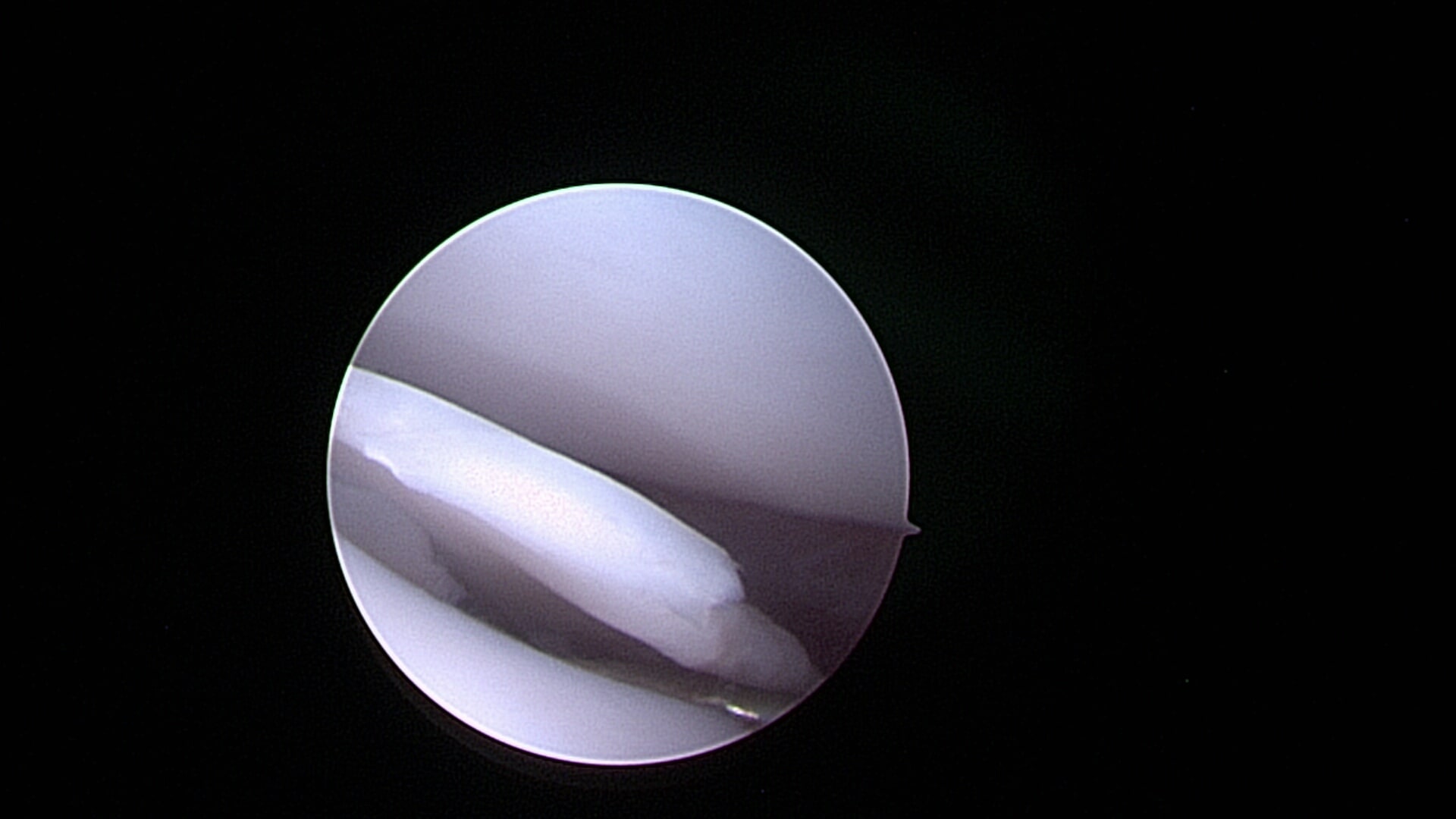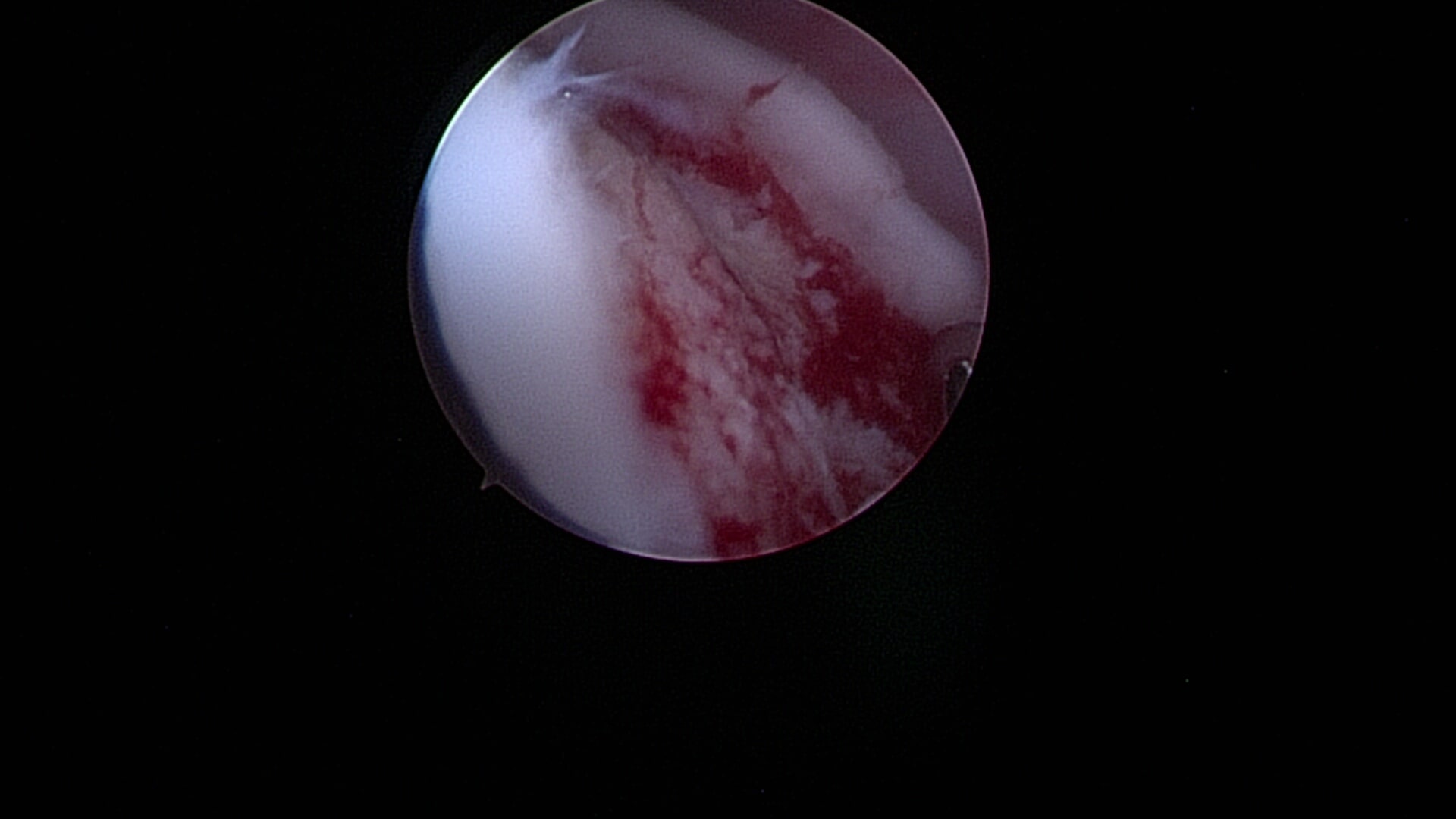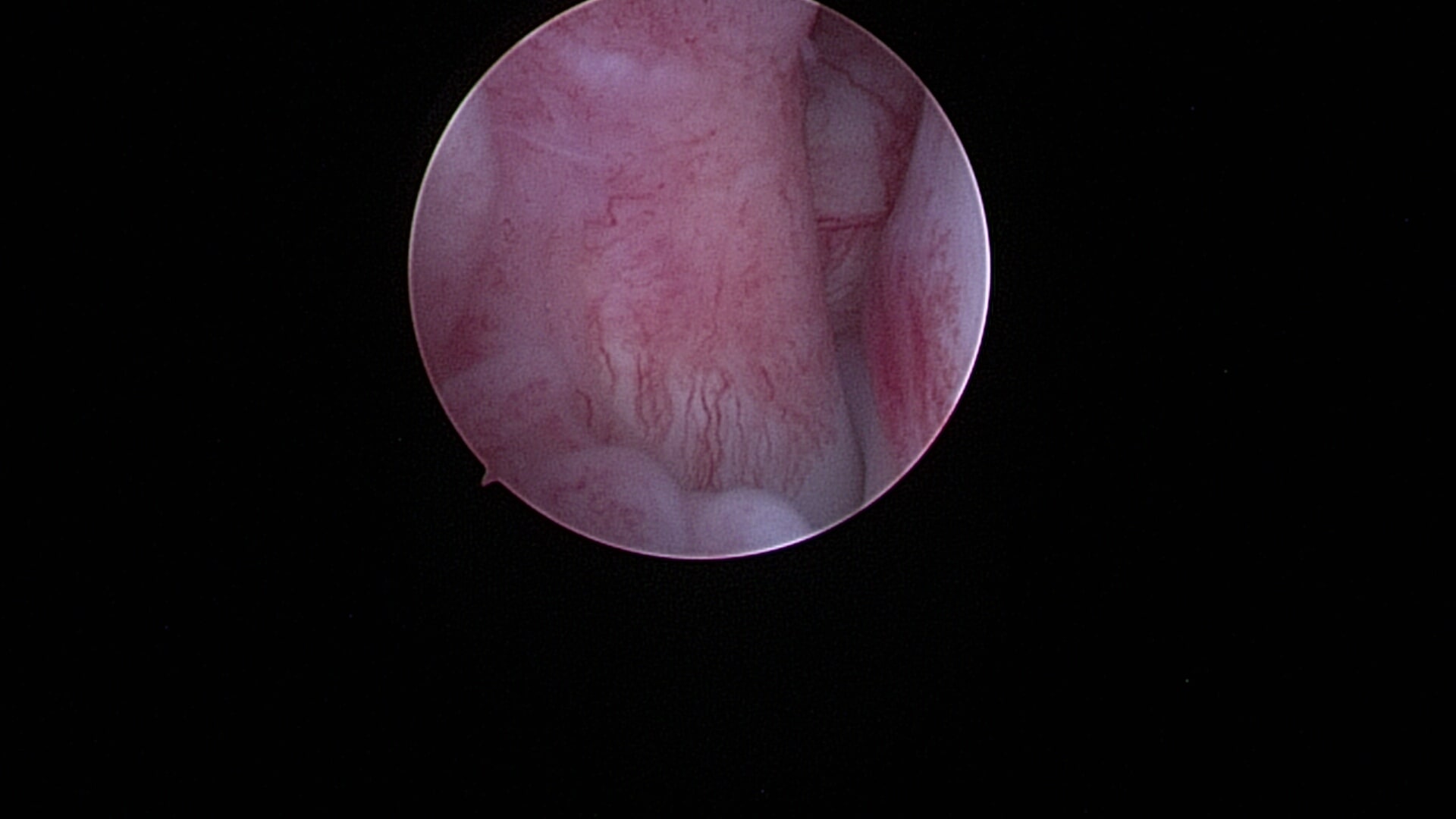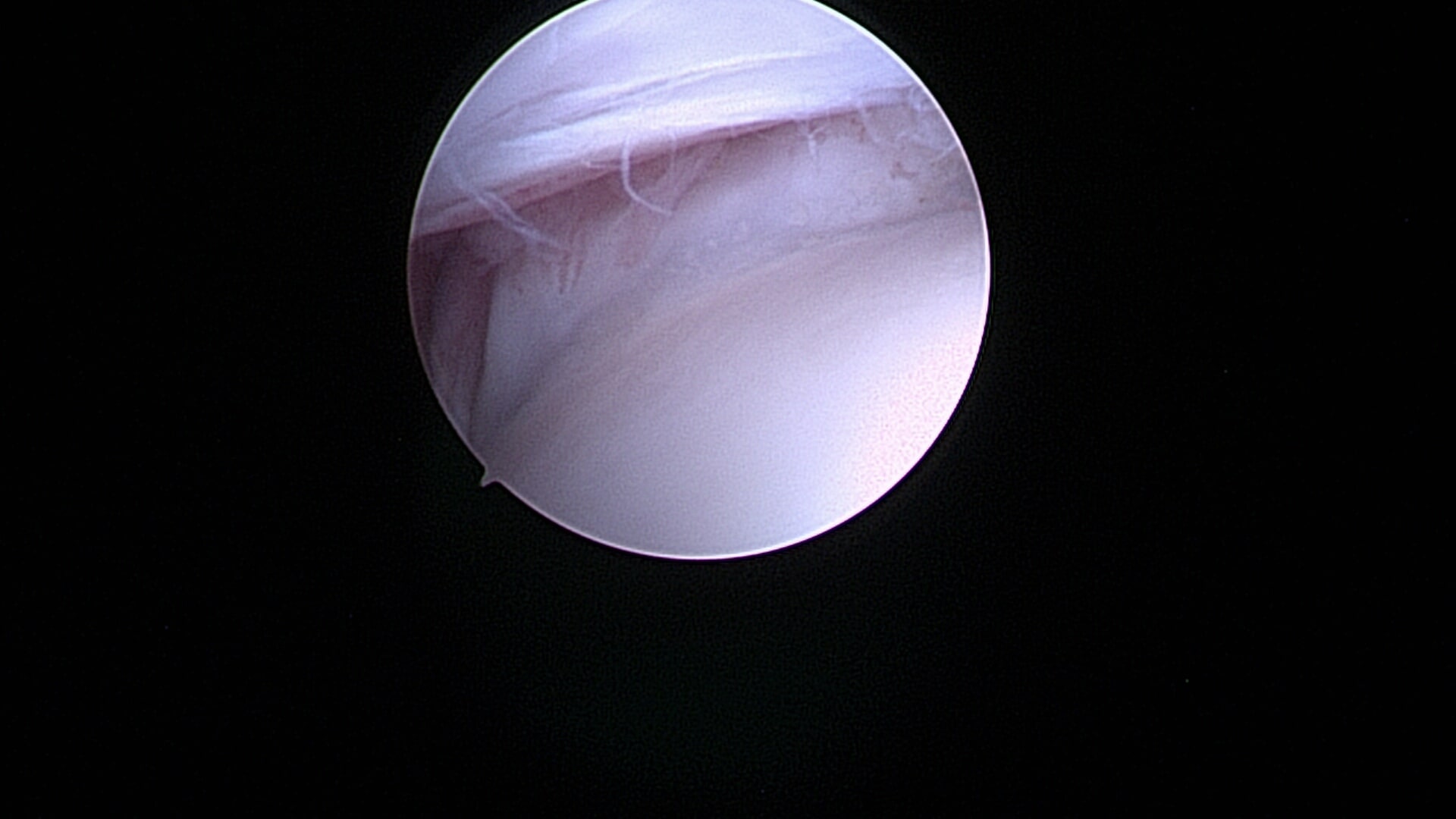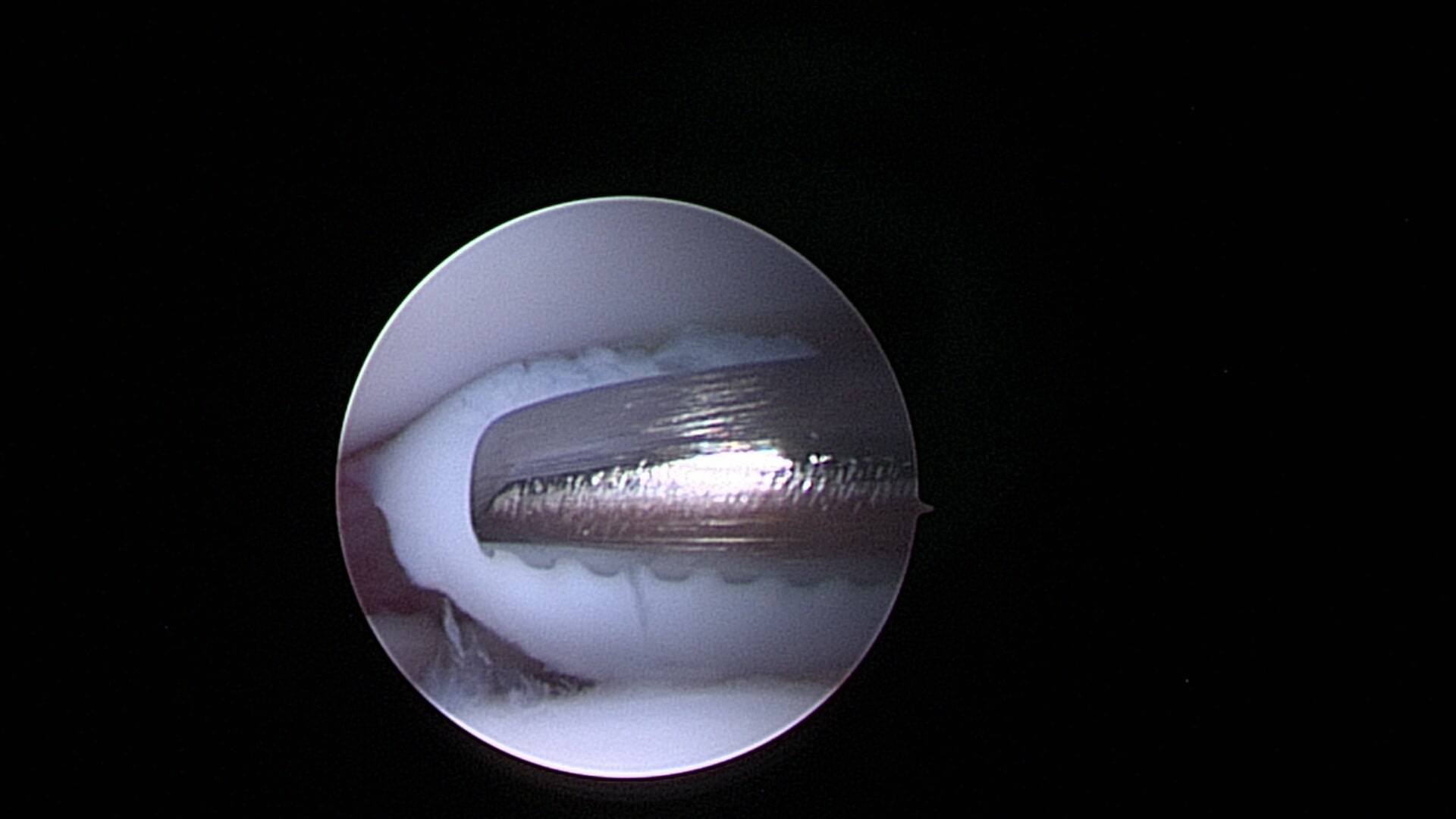Canine Shoulder Disorders
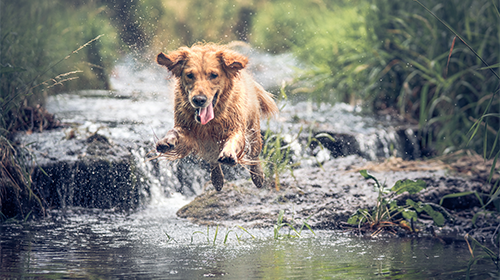
Osteochondrosis/Osteochondritis Dissecans (OC/OCD)
Osteochondrosis/osteochondritis dissecans (OC/OCD) occurs in young dogs (i.e. puppies). The surgical treatment most commonly performed for this condition is arthroscopic removal of the OCD flap with a very high percentage of dogs doing very well afterward. Synthetic, or graft resurfacing, can also be done to treat this condition in dogs with particularly large OCD flaps.
Biceps Tendon Issues
The biceps, both in dogs and people, can often become injured and be a source of pain. Usually, the most common treatment for such a condition is to perform an arthroscopy to confirm the diagnosis (because you cannot see the tendon on X-rays). Once this is done (i.e. the diagnosis is confirmed), treatment options often include the use of medications or injections, arthroscopic biceps release, or moving the biceps and re-attaching just slightly below the shoulder joint (tenodesis).
Supraspinatus Tendon Issues
Medial Shoulder Instability (MSI)
Veterinary Services
Below are all of the veterinary services we offer at Kansas City Canine Orthopedics. If you have any questions regarding our services, please feel free to call us.


